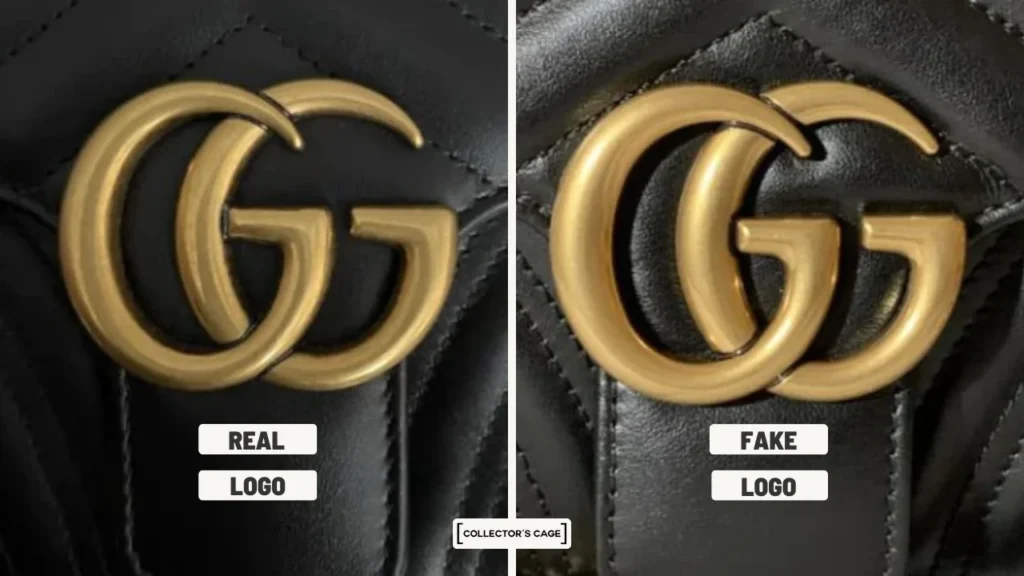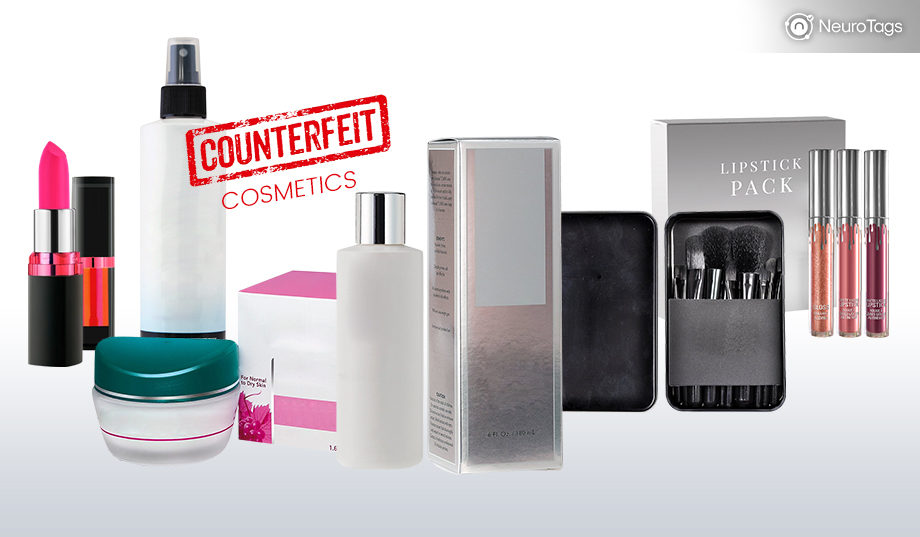Traveller Beware: Don’t Carry Your Fake Designer Bags!
The other day, while scrolling through social media, I came across a post from an international legal friend. It was an update on how U.S. customs are now seizing counterfeit luxury goods at airports—not just in checked luggage but also in carry-ons. That fake designer bag you bought from Dubois Street, Moi Avenue, or Kenyatta Avenue? It could land you in trouble.

Counterfeit luxury goods flooding the Kenyan market isn’t a new phenomenon. In fact, I’ve personally come across high-end mall stores selling knockoff Christian Louboutin shoes, Manolos, and other luxury items. What’s even more surprising? These stores have a steady stream of repeat customers, with fake designer items priced from $150 and above. But with international luxury brands largely absent from Kenya, who is educating consumers on the dangers of counterfeit luxury goods?
Is it fair to assume that anyone who loves luxury goods should automatically be able to spot a fake? That’s an important question. Imagine an “innocent” consumer purchasing a counterfeit bag from a licensed store that cleared customs and secured all the necessary approvals. Should they be held liable for unknowingly possessing a counterfeit item? Unfortunately, for non-lawyers, the reality is this: as a consumer, you can still be held accountable for owning counterfeit goods.
That means buyers have a responsibility to research where they shop for luxury fashion and beauty products. But international brands should also care—and here’s why.
Luxury brands often overlook Africa, but the numbers tell a different story. The luxury goods market in Kenya alone is expected to generate around $298.80 million in revenue by 2025. Luxury fashion is the biggest segment, projected at $86.04 million, with the market growing at an annual rate of 3.41% from 2025 to 2029.
Across Africa, the luxury goods market is expected to hit $6.44 billion in 2025, with a growth rate of 4.07% per year until 2029. The largest segment? Luxury fashion, expected to be worth $1.70 billion. When you zoom out further, the Middle East and Africa’s combined luxury market is set to reach $14.93 billion in 2025 and $20.19 billion by 2030, growing at 6.23% annually.
Now, think about how much money is being lost to counterfeits. That amount could support an entire developing nation’s economy! As an intellectual property lawyer, I firmly believe that the time is now for international brands to assert their IP rights in Africa. It’s not just about protecting their revenue—it’s also about safeguarding their brand reputation and consumer trust.
Many buyers have unknowingly put themselves at risk by using counterfeit beauty products that contain harmful chemicals. It’s not just about fake bags—it’s a consumer safety issue. Enforcing IP rights in Africa will require a mix of legal, public policy, and social impact efforts. Brands need to educate consumers through relatable and accessible campaigns that drive home the importance of buying authentic products.

The notion that Africa is an insignificant market is outdated. This is a continent with massive potential for revenue growth and economic development. It’s time for international luxury brands to recognize Africa for what it truly is—a key market that deserves attention, investment, and protection from the counterfeiting industry.
*This blogger is using the images herein and relies on the copyright doctrine of fair use for purposes of education and news reporting*


No Comments
Sorry, the comment form is closed at this time.